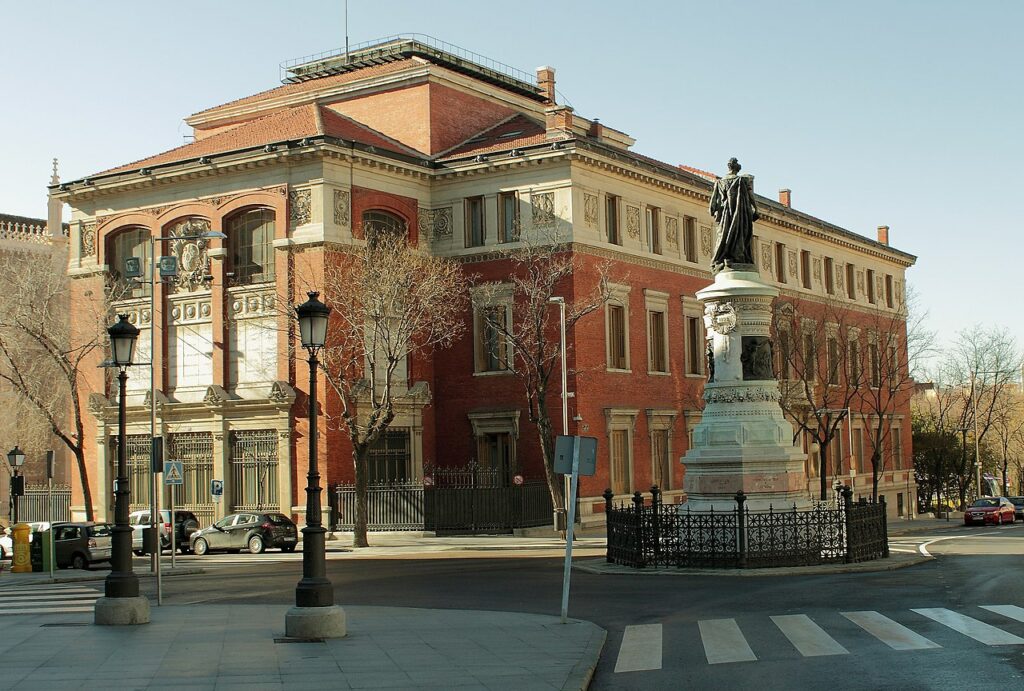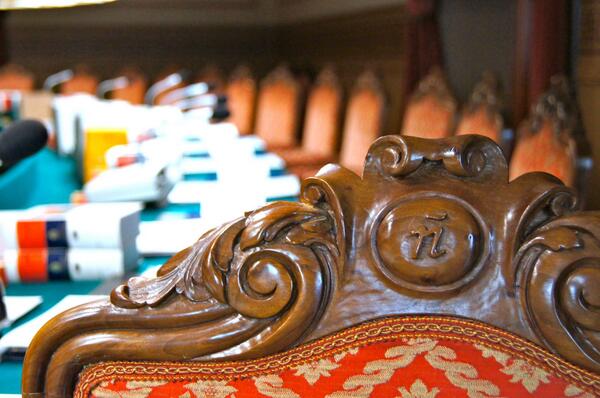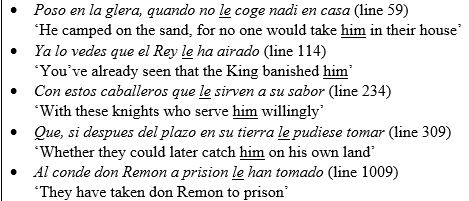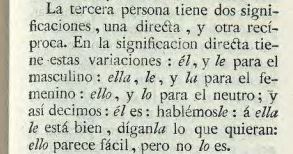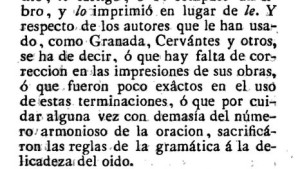I enjoyed this article, in the magazine Perfil, about words that have recently been admitted to the Real Academia Española’s official dictionary. The RAE had previously prohibited them because they were “incorrect” in some sense: vulgar, archaic, or borrowings that encroached on existing Spanish vocabulary.
What most interests me about these words is their linguistic variety.
- My favorite word on the list, vagamundo ‘vagabond,’ is a modification of standard Spanish vagabundo, which descends from Latin vagabundus ‘strolling about.’ It is a perfect example of ‘folk etymology,’ a process by which speakers reshape a word to reflect a plausible (though incorrect) theory of its origin. A classic example in English is female, a reshaping of Middle English femelle that implies a (fictional) relationship to the word male. The reformulated vagamundo implies that the word combined vagar ‘to roam’ and mundo ‘world’; i.e., someone who roams the world. This reformulation is so tempting that it appeared in written Spanish as early as the fifteenth century, not long after vagabundo itself (1387). In addition, the ‘vulgar’ verb vagamundear ‘to roam (as a vagabond)’ preceded its proper sibling, vagabundear, by more than a century.
- Another personal favorite, murciégalo ‘bat’, appears to be a metathesis (transposition) of standard Spanish murciélago — but in fact, the metathesis went the other way around! Murciégalo is the original form of the word, a compounding of the (now archaic) mur ‘rat’ and ciego ‘blind.’ It has mostly been supplanted by the modern murciélago, but the RAE considers it common enough to have earned a spot in the dictionary. In either form, this is my go-to example of a palabra panvocálica, i.e. a word that contains all five Spanish vowels.
- Speaking of metathesis, crocodilo is a transposed version of the standard Spanish cocodrilo, perhaps under the influence of English crocodile. What makes this example interesting is that the original Latin word, based on Greek, was crocodilus. So the word underwent a first metathesis in the transition to Spanish, which is now reversed in the word’s alternative version.
- Güisqui ‘whisky’ and cederrón ‘CD-ROM’ are borrowings from English. I love their Spanish spellings.
- Bacón ‘bacon’ is a more problematic (though now accepted) borrowing because Spanish already has a perfectly good word for ‘bacon’: the venerable tocino, first attested in 1061.
- Asín ‘so,’ from así, and toballa ‘towel’, from toalla, both exemplify epenthesis, or the insertion of a sound. The RAE speculates that the -n added to así is related to the -n “in other particles”: meaning, I assume, en ‘in/on’ and con ‘with.’ Perhaps the added b in toballa was inspired by the word tobillo ‘ankle.’
- Almóndiga is a common variation of albóndiga ‘meatball,’ a popular Spanish tapa. Like many other Spanish words that begin with -al, albóndiga is a word of Arabic origin. Perhaps the b changed to an m under the influence of other common almo– words such as almohada ‘pillow’, almoneda ‘auction’, and almorzar ‘to eat lunch’ (not an Arabic word).


